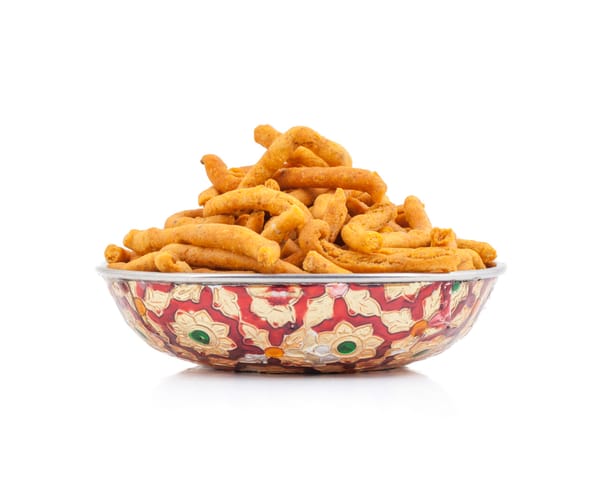
Nutrition
Exploring the Surprising Benefits of Kuli Kuli
If you want a snack that you can enjoy without worrying about its harmful components, you will surely love Kuli Kuli!

Nutrition
If you want a snack that you can enjoy without worrying about its harmful components, you will surely love Kuli Kuli!

Recipes
A cozy, hearty taco soup you can make at home with simple pantry ingredients.

Recipes
A comforting lentil soup you can make at home, inspired by Carrabba's.

Recipes
A classic strawberry pie with a sweet glaze and a simple crust, inspired by Shoney's.
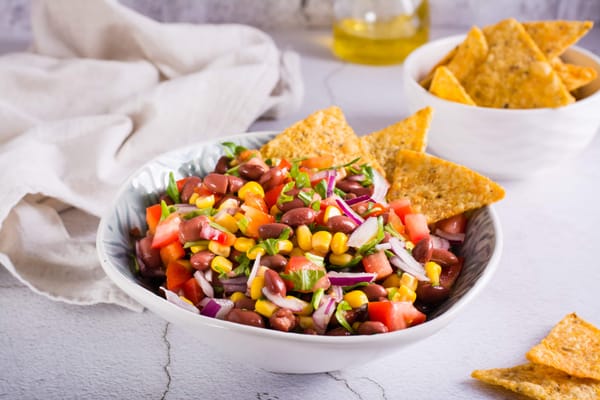
Recipes
Learn how to make Pioneer Woman's Cowboy Caviar Whip Up a Western Delight with step-by-step instructions, tips, and serving ideas.
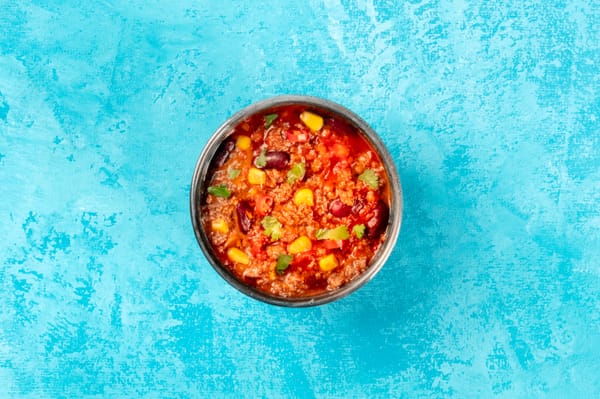
Recipes
Learn how to make Best Chili Ever Perfect for Fourth of July Celebrations! with step-by-step instructions, tips, and serving ideas.

Recipes
Learn how to make Lick My Chili Shot A Spicy Delight to Ignite Your Taste Buds with step-by-step instructions, tips, and serving ideas.
Expert nutrition advice, functional wellness tips, and healthy home cooking recipes. Specializing in Blood Type, Carnivore, and autoimmune-friendly diets.
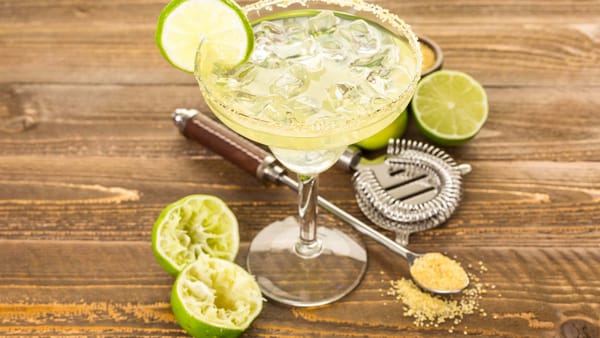
Learn how to make Applebee's Perfect Margarita Sip on Signature with step-by-step instructions, tips, and serving ideas.

Learn how to make Discover the Ultimate Hennessy Cake Indulge in Deliciousness with step-by-step instructions, tips, and serving ideas.
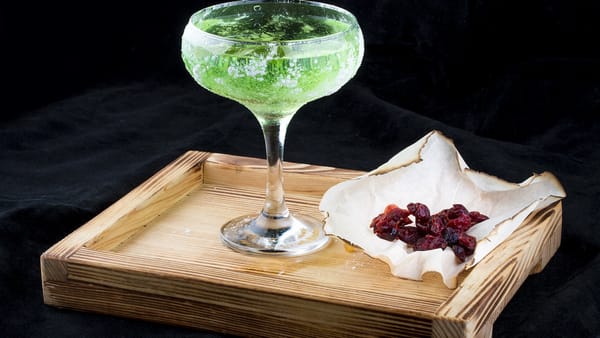
Learn how to make Delicious Goblin Glow Martini Glow With the Flow with step-by-step instructions, tips, and serving ideas.
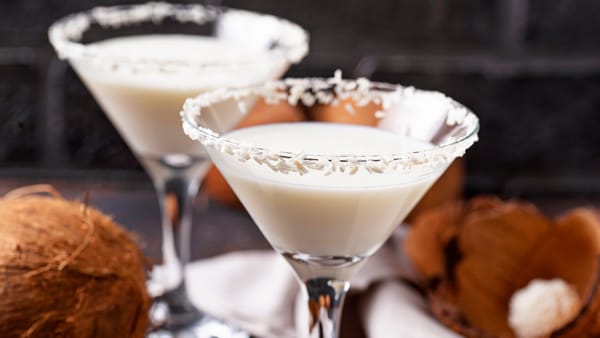
Learn how to make Delicious Cocotini Cocktail Sip on Paradise with step-by-step instructions, tips, and serving ideas.
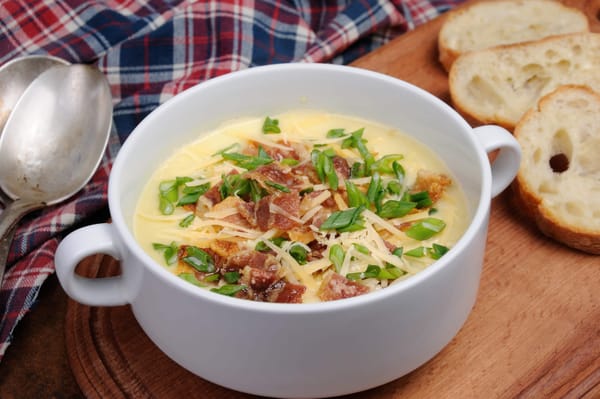
Learn how to make Famous O'Charley's Potato Soup Savor the Flavor with step-by-step instructions, tips, and serving ideas.
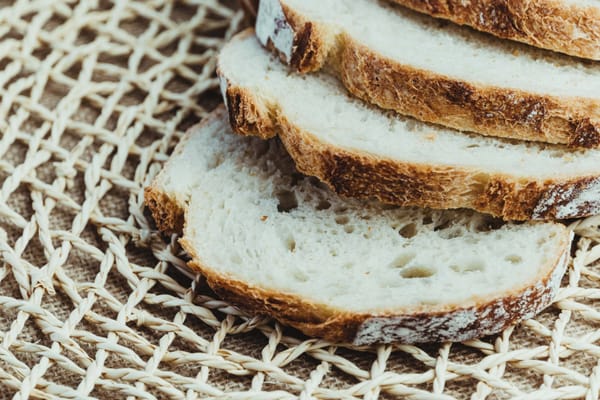
Learn how to make King Arthur's Sourdough Bread Unleash the Flavor of Camelot with step-by-step instructions, tips, and serving ideas.

Learn how to make Unleash the Ultimate Milk Bread Kirby's Secret Ingredient Revealed with step-by-step instructions, tips, and serving ideas.

Learn how to make McDonalds Tartar Sauce at Home: a Secret Revealed with step-by-step instructions, tips, and serving ideas.

Learn how to make Sip on Summer: Refreshing Strawberry Hennessy with step-by-step instructions, tips, and serving ideas.

Learn how to make Get the Party Started With Our Delicious Hunch Punch with step-by-step instructions, tips, and serving ideas.
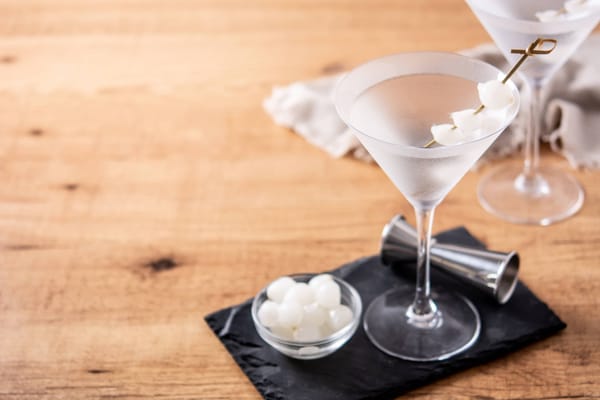
Learn how to make Lychee Martini The Perfect Summer Cocktail with step-by-step instructions, tips, and serving ideas.

Learn how to make Make Your Next Party Pop With This Purple Hooter Shot with step-by-step instructions, tips, and serving ideas.